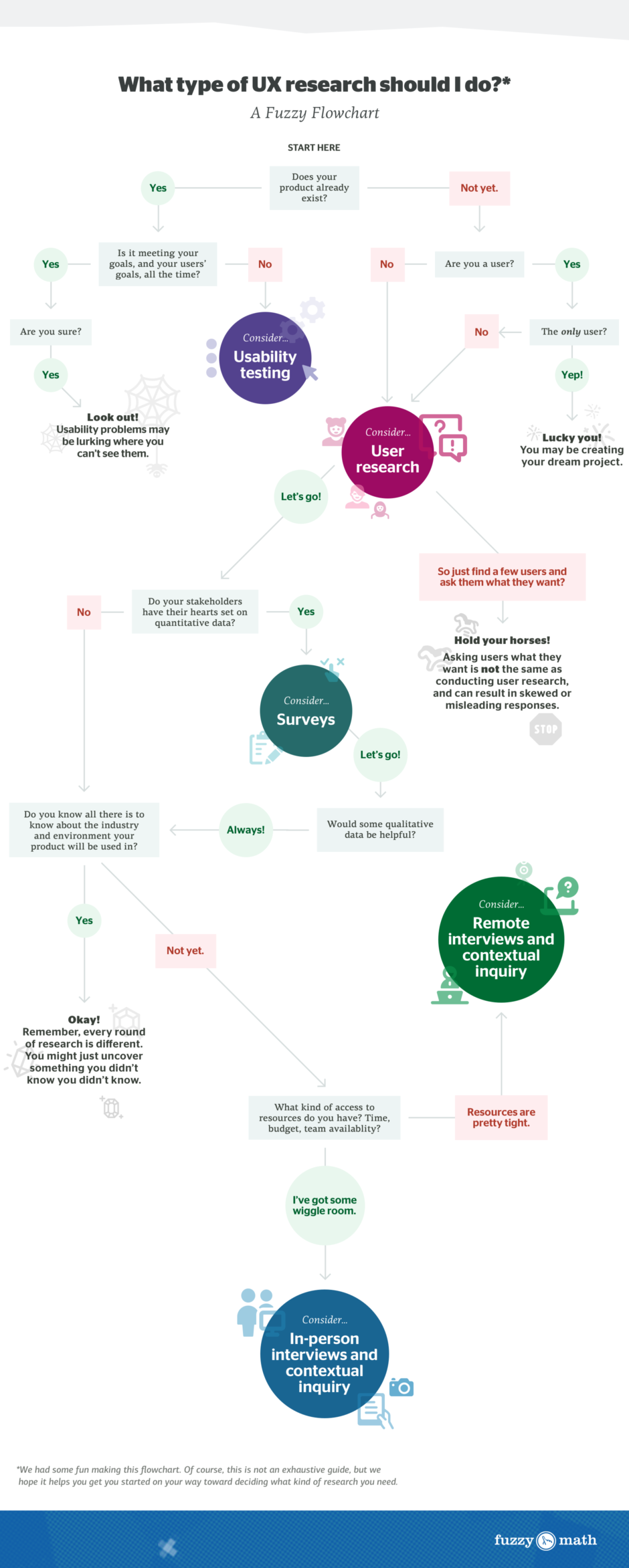
An interesting approach to explain a topic or concept is by explaining what it isn’t. Senator Ted Stevens famously, and mostly correctly, attempted to explain the internet by using an example of what it wasn’t*. “The internet is not something that you just dump something on. It’s not a big truck,” the Alaskan Senator correctly explained. Had he stopped there, I think we would have all been a bit more informed about what the internet was and wasn’t. Unfortunately, he went a step further and tried to bring additional clarity with this metaphor: “it’s a series of tubes.” The internet sure isn’t a truck, but is it a series of tubes? We may never know.
In a similar vein, Henry Ford once exclaimed**, “If I had asked people what they wanted, they would have said faster horses.” Decades ahead of his time, Ford used the same type of negative example that Senator Stevens used to explain what the internet wasn’t. (And if you didn’t read the footnote yet, :spoiler alert:, Mr. Ford never actually said that quote. Sorry for ruining the footnote surprise.)
So what is UX research?
When we think about what user experience research is, a good place to start is by explaining what it isn’t and it sure isn’t asking someone what they want; that’s a good way to invest in a faster horse when your competition is about to deliver the Model T.
Negative examples aside (which can be pretty entertaining but are generally awful ways to explain something) we believe UX research empowers designers and their teams to understand people and the context(s) where they are problem-solving. UX research also provides teams a lens to look through when they refine and prioritize the details of a product/experience or service before it’s released.
UX research is a core component of all of our projects. Get in touch to learn more about how we can help you better understand your customers.
The term UX research has a broad meaning and can correctly be interpreted to mean different things by different people. We don’t think that our take on research is the only answer, but we’re happy to share our thoughts.
Types of UX Research
Given that there’s no “right” answer to what research is, in our opinion at least, there’s also plenty of room for debate around the types of research. We like to think of the different research types in this way:
Exploratory Research
Exploratory research is used when not much is known and you’re looking to learn something. You are informing a new understanding of a person, role, task, process, etc. while highlighting pain points, opportunities, interactions with other people or systems, and anything else relevant to your research focus area along the way.
Generative Research
Generative research is used to, well, generate potential solutions and decide which problems to solve. You are, ideally quickly, generating concepts to address pain points, amplify existing strengths, more efficiently maneuver through processes, or other key findings from your exploratory research.
Evaluative Research
Evaluative research is a combination of learning and proving. This type of research is used to assess whether a proposed concept, for example, is meeting the needs and expectations of the user. You might learn where new ideas missed the mark, uncover a new finding about a known role or process, or prove that new ideas are a better solution for your area of focus.
UX Research Methods
There are countless research methods spanning the quantitative and qualitative spectrum. Sometimes we utilize quantitative methods which provide us insights rooted in analytics and data collected indirectly. Other times we want to better understand directly what a users experience is, so we will leverage a qualitative research method to get at the underlying insights. We have a (well-used) book in the office that has more than 100, but we keep finding ourselves going back to these favorite methods:
In-Depth Interview
A conversational interview, ideally in context, where you treat the participant as an expert to learn from them and better understand their behaviors and what might be driving them (note: these can be remote, but in-person is always ideal).
Contextual Inquiry
A semi-structured interview where you observe how the participant completes tasks in their typical environment, often asking them to think aloud along the way to better understand how and why they are doing what they are.
Usability Test
Observing how a participant interacts with a product or tool, asking questions along the way to better understand their thoughts, goals, and frustrations along the way. These can be in person or remote, though the added context of in person is always ideal.
Survey
A set of open and closed-ended questions sent to a large sample of the target audience aimed at collecting a broad set of information on the topic at hand, ranging from demographic information to attitudes and behaviors.
Focus Group
Moderated discussion with at least a few (could be up to 10 or 12) participants to explore and understand their thoughts, opinions and preferences around a concept or design. As a quick note: Focus Groups are not a preferred method of Fuzzy Math’s as they can provide skewed, surface-level learnings. However, if conducted with a small number of folks and an experienced facilitator you can get good results.

UX Research Outputs
An important, and possibly the most important part (depending on who you’re speaking with at the Fuzzy Math office), of UX research is the presentation of the outcomes of the research. The practice of doing the research is incredibly important, but if you can’t present the findings (not to totally give away which side of the debate I’m on), you’re in a whole load of trouble. Some of our favorite ways to tell the story of our research are:
User Personas
Based on user research, personas are a series of evidence-based archetypes that define your core users, their goals, drivers, and pain points. They also include a scenario that helps paint a realistic picture of what it actually looks like for the user to interact with the tool or application. Personas are grouped by direct interaction with the application (primary), occasional interaction (secondary), impacted by the use of the application (affected), or non-users with no interaction at all (negative).
Journey Maps
Journey maps provide a visual understanding of the full life-cycle of your users’ experience, mapping both their non-digital and digital touch points with your application along with their attitudes and pain points. The gaps that appear between user expectations and the actual experience highlight key areas of opportunity to solve for through ideation moving into the design phase.
Final Thoughts
We could probably write a whole book on this topic given its breadth and depth (and just because we enjoy it so much!), but we hope that’s a helpful overview for you. In the next post in this series, we’ll talk about why you need to be using UX research for your product, project, and/or organization.
Footnotes
* See (or… hear) for yourself.
** Henry Ford never actually said this quote but it’s too perfect not to use. I assume that’s why it was originally invented, but the world will likely never know.